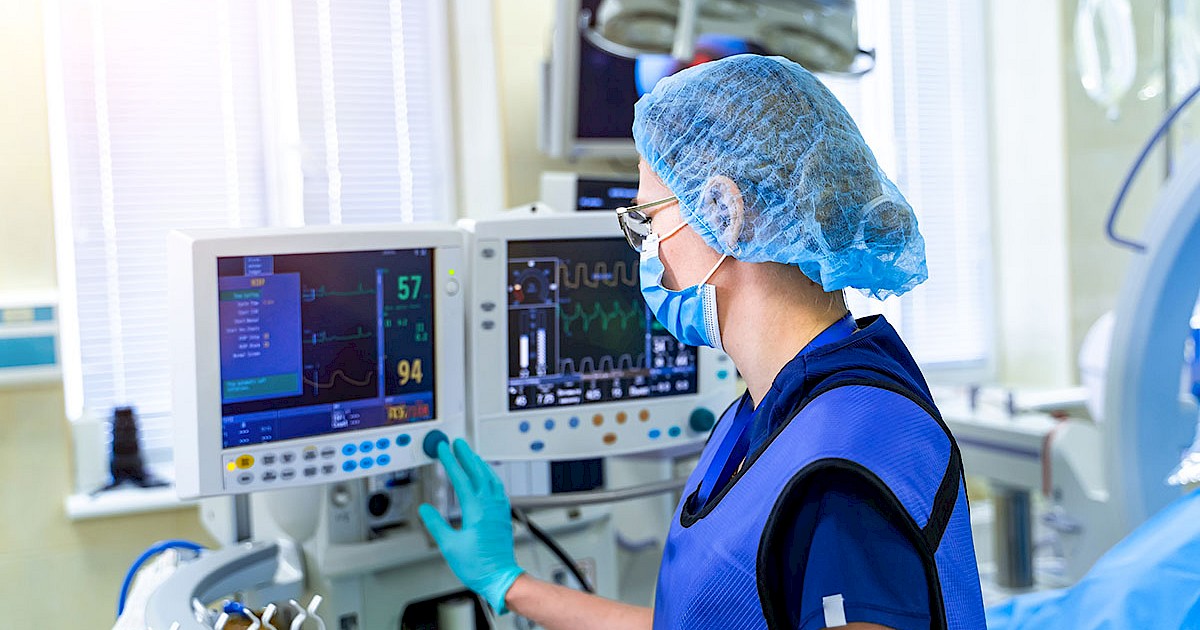How to Reduce Medical Device Costs with Quality Third-Party Biomedical Replacement Parts

Right now, the healthcare industry is preoccupied with rising inflation and shrinking budgets. Clinical asset managers desperately need solutions to cut immediate costs like repair fees and long-term expenses to reduce the total cost of device ownership.
As leaders seek out solutions to ease financial constraints, the good news is that partnering with a values-driven, third-party manufacturing partner can offer healthcare organizations substantial short- and long-term savings.
Since 2020, the manufacturing industry has been grappling with a shortage of raw materials and ongoing supply chain complications that have affected various sectors. These issues have led to an increase in inflation, which has put a strain on biomedical device OEMs and third-party sellers that source their products from suppliers overseas. However,third-party medical manufacturers in the U.S. have an advantage, mainly due to the fact that they have established and well-vetted domestic supply chains.
And while “Made in the USA” companies may not be completely immune to the effects of inflation or shortages, they can leverage their relationships with existing supply partners to explore options that help keep prices and product availability relatively stable for customers.
What to know about third-party biomedical equipment manufacturers
Not all third-party biomedical equipment manufacturers are created equally. This means it’s on the buyer to do their research and understand how quality can differ from one third-party manufacturer to another.
Unlike OEMs, third-party parts manufacturers are not required to meet FDA quality standards. Unfortunately, some companies choose to cut corners in design and production because there is no one to check up on them. This usually means they make quick copies of OEM parts and use overseas manufacturing for some or all product components. Those products cost less than OEM parts, but the lower quality puts patients at risk and delivers a lower device ROI.
A third-party manufacturer that prioritizes patient safety will make choices based on what's best for the patient and the customer rather than considering their ultimate bottom line. A values-driven business that makes replacement parts here in the USA also has the most control over the quality and safety of its products.
4 ways hospitals can save with quality third-party replacement parts
1. OEM quality without the OEM price tag
With a quality partner, replacement parts aren't cheaply copied. Elite Biomedical Solutions, for example, uses a process called "reverse engineering." This involves dismantling the device component and analyzing it using state-of-the-art equipment, then building new design plans that ensure the product will be structurally and functionally sound.
The product undergoes rigorous testing and quality assessments before its ready for the market. The ISO 13485 quality management system Elite uses is virtually identical to the standards required of OEMs, as outlined in the U.S.Code of Federal Regulations (CFR) Title 21 part 820. Therefore, Elite's products are always held to the exact same quality levels as the original OEM components.
This does mean Elite's parts cost a little more than a low-quality overseas version. But thanks to Elite's robust supply partnerships, they're still lower in price compared to OEM components. Compared with typical telemetry and infusion pump prices, Elite's partners save around 30% on costs over ten years.
2. Fast turnaround and delivery times
OEMs are notorious for having back-ordered products. While this is often due to supply chain issues, it's worth noting that the primary business focus of an OEM is on selling new machines, not parts and repair. A third-party company, however, focuses a lot of energy on product delivery and repair support. Understanding that real people depend on these devices, a values-based third-party business puts effort into timely shipping as well as product quality.
Having parts readily available means shorter device downtimes. Medical devices don't make money–or save lives–sitting in storage. Contracting with a third-party partner also saves BMET labor hours because they don't have to spend time hunting down available parts and researching shipping times.
3. Improved OEM designs
There's no question that OEM parts meet high-quality standards. But scrutinizing the part during the reverse engineering process allows the third-party manufacturer to "improve" on the OEM design. For example, slight measurement adjustments to a casing door might help it close more tightly, improving water resistance. Or the third-party team may select a newer, more durable plastic that's less susceptible to cracking.
Parts that exceed OEM quality can increase the lifespan of the medical device and provide improved protection. This can significantly reduce the expenses incurred in acquiring new parts, carrying out repairs, and the duration of device unavailability.
4. Access to parts that keep discontinued devices working
When an OEM stops making replacement parts for a discontinued device, its end of lifespan becomes a ticking clock unless you can find a reliable source for parts and repair. Quality third-party parts can slow that clock back down so limited clinical asset capital can be used for machines that need replacing for safety or cybersecurity reasons. Using OEM-quality third-party products can extend the discontinued device's lifespan, keeping it functioning safely and efficiently for years.
Final Thoughts
Ultimately, OEM quality parts prevent asset managers from throwing dollars at devices while struggling to keep equipment on the floor. A solid third-party manufacturing partner takes the worry out of device repair so your organization can focus on providing exceptional, patient-centered healthcare services.
For more information on values-based medical device partnerships, see our Ultimate Guide to Vetting Quality Medical Equipment Partners.

